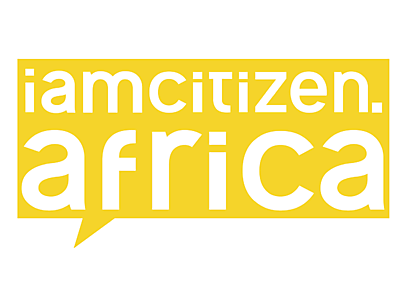How South African non-profit institutions survive
Posted by Ayanda Khuzwayo on 07 August 2018, 12:00 SAST


Some striking charts show how non-profit institutions (NPIs) in South Africa keep themselves afloat. Stats SA’s latest statistics of the non-profit sector for South Africa report, released in March last year, provides a range of data on the non-profit sector, including data on where NPIs source their income.
The images below show how the major sources of income – government subsidies, donations, service income and membership subscriptions – were distributed amongst the different types of NPIs in 2014.
There were 120 227 NPIs operating in South Africa that year, according to the report. NPIs are civil society organisations that include charities, faith- and community-based organisations sports and cultural clubs, and other "development and social forms of working within the social fabric of society”. You might know these organisations as community-based organisations (CBOs) or non-governmental organisations (NGOs).
The most noticeable element of the first image (cosmograph2) is that government subsidies contribute the most to total NPI income (44,3%, in fact). The income flow from government subsidies is highlighted in blue. NPIs involved in social services are the main beneficiaries, receiving almost half of the income from subsidies.

Notice in the second Cosmograph how income from donations is more evenly distributed. This is the second largest source of income for NPIs (contributing a quarter of total income). NPIs involved in philanthropy and voluntarism, followed by those working in social services, benefit the most from donations.

Education and research NPIs benefited the most from service income, as shown in the third Cosmograph, followed by NPIs involved in social services.

Sales contributed 5,7% of total income, with NPIs involved in education and research and health being the main beneficiaries.

Membership subscriptions played a small part in total NPI income, contributing only 4,1%. Education and research benefit the most from this source, as shown in the fifth Cosmograph.

All income flows are overlaid together in the last image, highlighting what sources of income different types of NPIs depend on the most. NPIs involved in social services, which take up the bulk of the total income, depend mostly on government subsidies, donations, and service income. In contrast, notice how NPIs involved in philanthropy and voluntarism source most of their money from donations and services.

Original Article can be accessed at StatsSA
Files
